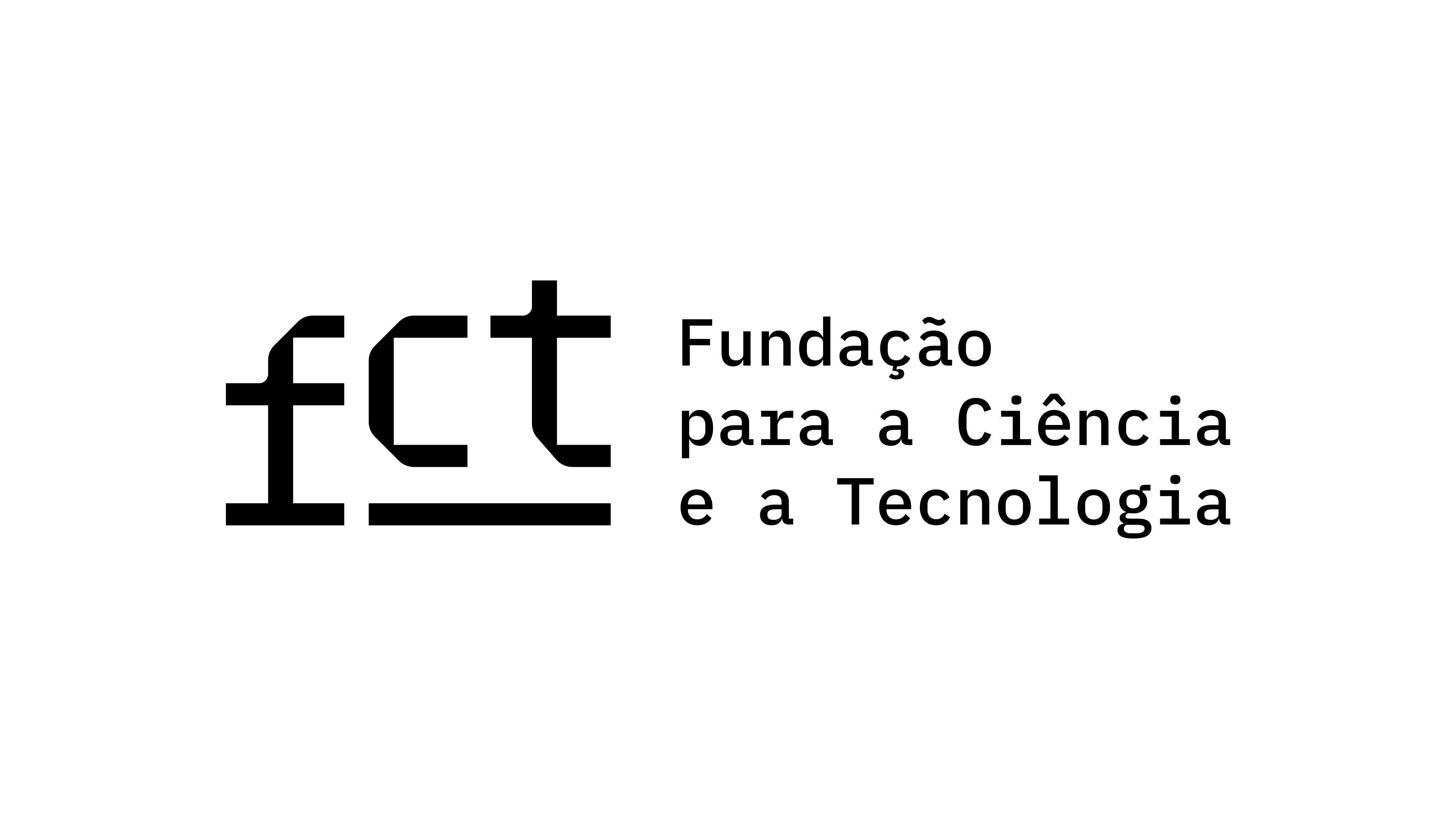A Psychoanalytic Ethics for Screen Aesthetics? The Case of Spring Breakers
Keywords:
Psychoanalysis, Ethics, Art, Jouissance, TransgressionAbstract
In The Ethics of Psychoanalysis Jacques Lacan posits the work of the psychoanalytic clinic as an ‘ethics of the singular’: a practice that aims not at revealing ‘a universal truth’ but, rather, the ‘particular truth’ of self-knowledge that ‘appears to everyone in its intimate specificity.’ This ethics places special emphasis on knowledge regarding the subject’s particular mode of jouissance—how one ‘enjoys’ beyond the limits of pleasure and reality principles—where, as Lacan puts it, ‘in the last analysis, what subject really feels guilty about’ is not immoral action per say, but ‘the extent to which he has compromised his desire.’ Can such an ethics have a place in an ethics of film aesthetics? This paper considers what a psychoanalytic ethics might add to our understanding of cinema’s ethical experience. I take a film that, at first glance, must appear singularly unethical—Harmony Korine’s Spring Breakers—to ask how its aestheticized experience of transgression might explicate something of the intimate specificity found in the clinic in ways that nevertheless resonate with a collective ethical project. I follow Tim Themi in showing where Georges Bataille’s formulation of a ‘taboo-transgression’ dialectic found in art maps onto Lacan’s registers of the real, symbolic, and imaginary in ways not insignificant to our understanding of cinema’s aesthetic experience. If psychoanalytic film theory first approached cinema as a technology of the imaginary it was in the sense that its imagery and illusions were (pejoratively) associated with an uncritical subject of ideology; the ethics of the psychoanalytic clinic similarly show us where speaking from the imaginary is an obstacle to analysis and the truth of the subject sought therein. If cinema is to provide an ethics in this sense, then, it should aim not at the imaginary ideals of a society but the real conditions of being in and belonging to it. Accordingly, I consider how for Bataille, Freud, and Lacan the function of art (here mapped onto cinema) is in producing an aesthetic experience that reconciles the individual to the collective project of civilisation—the symbolic register founded on taboo and morality—by identifying and granting access to something of the ‘real’ sacrifice that has been made. Significant here is Spring Breakers’ sublimated pornographic aesthetic that one is invited to enjoy not in spite of but as part of its ethical project. In this, the ethical aesthetic of Spring Breakers may be distinguished from other forms of transgressive cinema because its animation of what we have ‘sacrificed’ for the collective sustains a psychoanalytic ‘moral indifference’ to toward the real of desire. That is, the film does not let us remain in ignorance of the sacrifice even as it shows us its necessity. Effectively then, I argue Spring Breakers offers what Themi nominates as an ‘ethics of the Real’: an ethical encounter found through transgression that re-affirms taboo its wake, what Lacan might call the ‘maintenance and discipline of desire.





